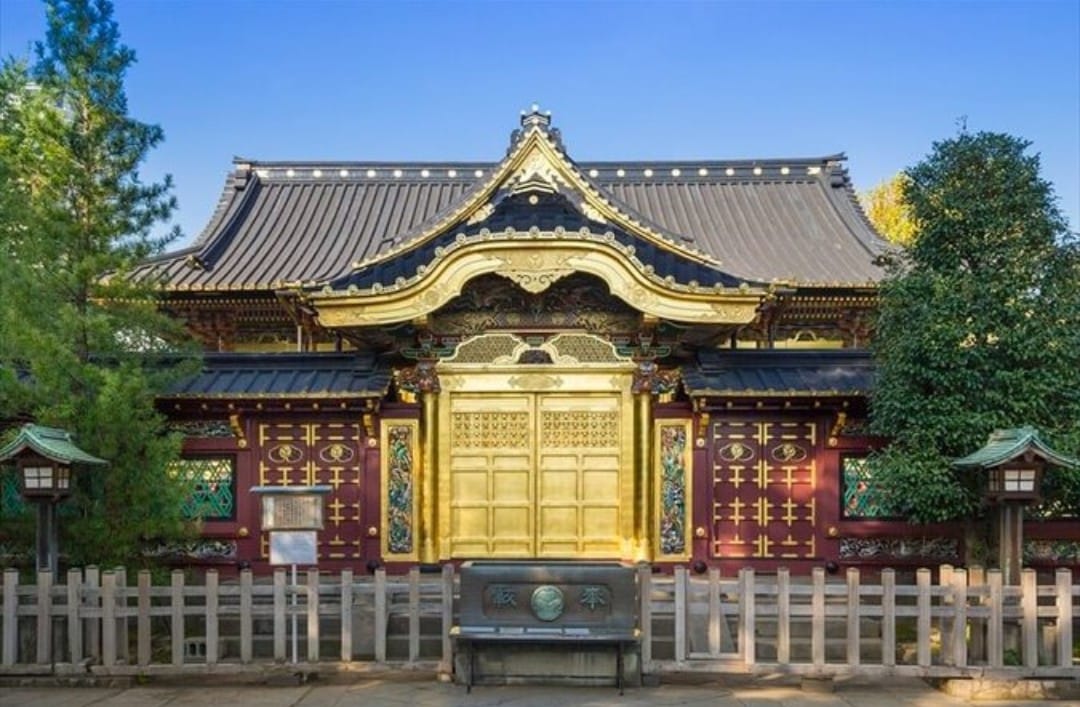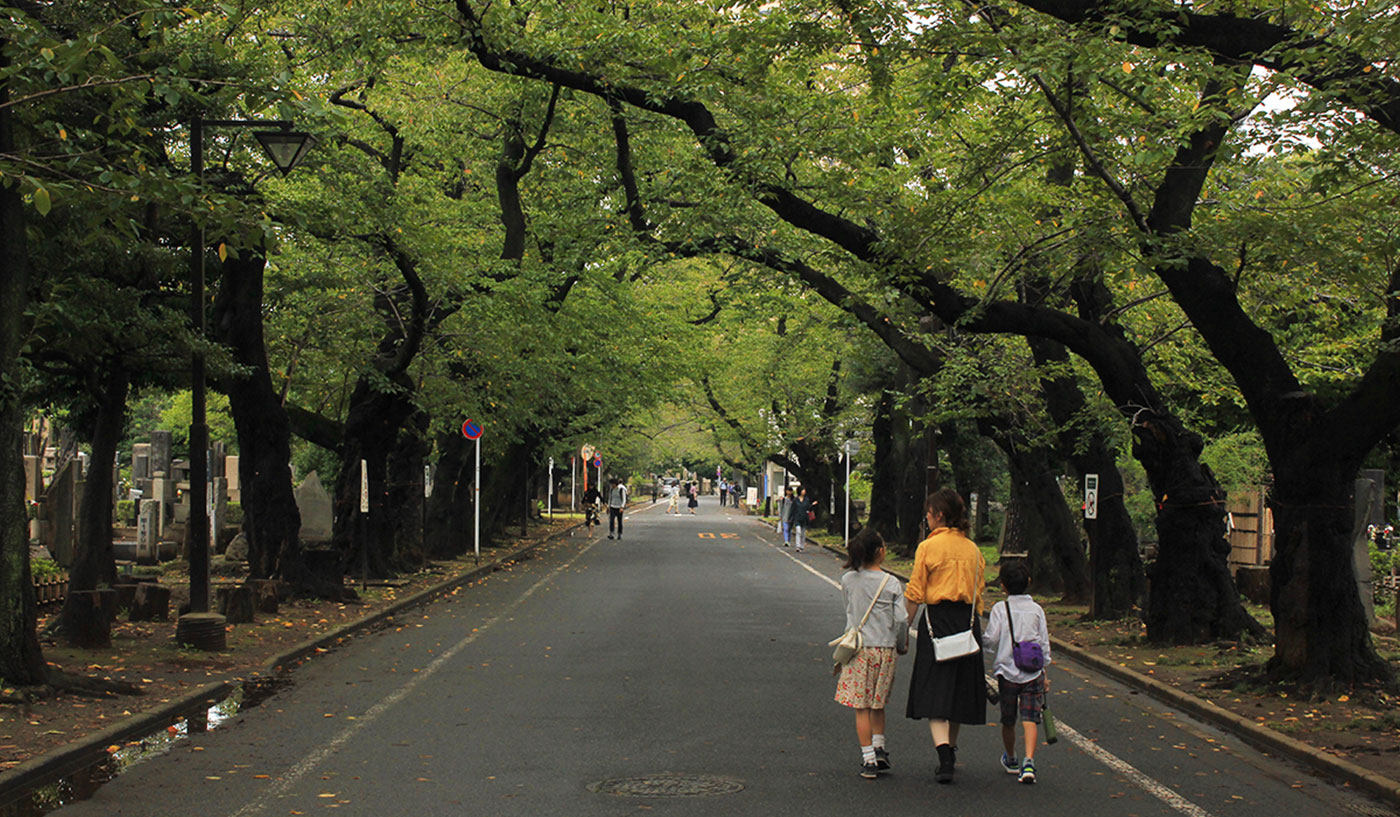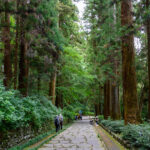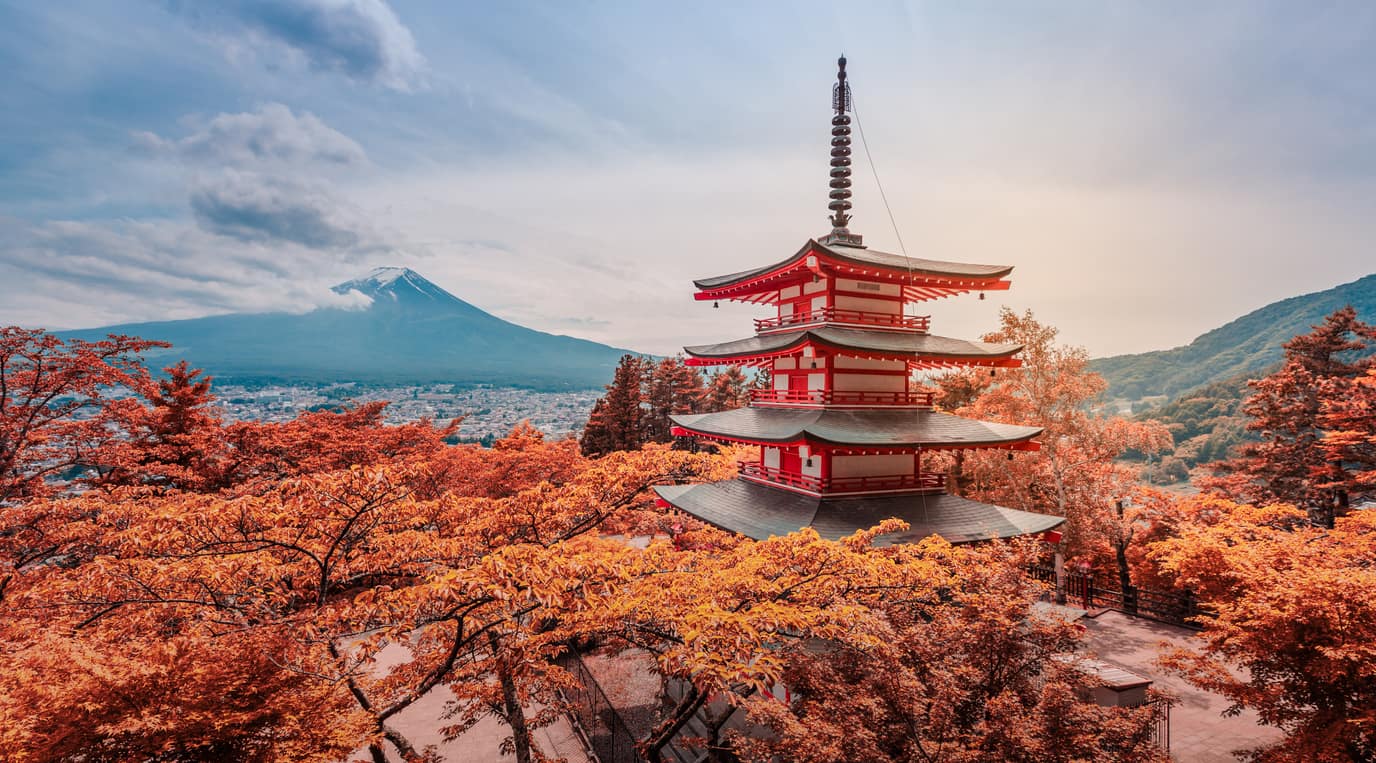Ueno is a popular tourist district in north central Tokyo. There are many great attractions in the area including, markets, museums, zoos, temples and shrines. Here is a list of 14 of the best things to do in Ueno.
Table of Contents
Ueno Zoo
Among the most well known and popular attractions in Ueno is Ueno Zoo, famous for its pandas. The zoo is Japan’s oldest, opening in 1882 as part of Japan’s modernisation drive during the Meiji Period. The zoo is very spacious with excellent facilities.
- Credit : mainichi.jp
- Credit: flickr/tmtk
Here you can see animals from all over the world, in an intimate setting, similar to their natural habitats. The zoo is grouped into 63 main sections, which are split into categories such as the Gorilla and Tiger’s Forest and Japanese Animals. With many different animals to see it is a great day out for children.
Ameyoko Street
Ameyayokocho or Ameyoko is a popular shopping street that runs between Ueno and Okachimachi stations. The name translates as candy store alley as candy is traditionally sold there. The street is popular among tourists due to its lively atmosphere where you will encounter a different side of Tokyo.
 There are many cheap shops selling a variety of products including fresh fish, dried food, cosmetics and clothing. There are also many delicious street food stalls. It is a great place to find a bargain, with customers even encouraged to haggle! It is worth noting that many shops and restaurants in Ameyoko only accept cash for payment.
There are many cheap shops selling a variety of products including fresh fish, dried food, cosmetics and clothing. There are also many delicious street food stalls. It is a great place to find a bargain, with customers even encouraged to haggle! It is worth noting that many shops and restaurants in Ameyoko only accept cash for payment.
Read also:
Tokyo National Museum
Established in 1872 the Tokyo National Museum is the oldest and largest museum in Japan. The museum features one of the largest and best collections of art and archaeological artefacts in Japan, made up of over 110,000 items, included nearly a hundred national treasures. At any one time there are over 4,000 different items on display. There are also many temporary exhibitions which are held regularly.

Credit : flickr/bjamel
The museum facilities consist of the Honkan (Japanese Gallery), Toyokan (Asian Gallery), Hyokeikan, Heiseikan, Horyu-ji Homotsukan (the Gallery of Horyu-ji Treasures), Shiryokan (the Research and Information Centre) and other facilities. There is also a garden where visitors can enjoy the seasonal views. If you are interested in Japanese art and history then this is a must-visit.
Tokyo National Museum on Google Maps
2k540 Aki-Oka Artisan

Credits: othree
Located under the railway lines between Akihabara and Okachimachi stations, is 2k540 Aki-Oka Artisan, a unique retail space stretching 2.54 km. Found here are a large cluster of around 50 craft shops, workshops and cafes. The shops all feature items made by local craftspeople and artisans selling their products. Previously a machinery storage area, it is now the result of gentrification. It is a great place to explore an area you may not be familiar with.
2k540 Aki-Oka Artisan on Google Maps
Shitamachi Museum
At the Shitamachi Museum, visitors can experience how people used to live in the past. Shitamachi translates as undertown. Today these are traditional neighbourhoods such as Asakusa and Ueno, which are seen as very nostalgic to many Japanese people.
View this post on Instagram
The museum gives a fascinating insight into Tokyo’s past. Some of the area’s character and atmosphere is preserved from the Taisho era with actual shop interior, tools, furniture and posters etc from that time. For those interesting in history, it is definitely worth a visit.
Shitamachi Museum on Google Maps
Yanaka Ginza
 Located a short walk from Ueno Park is the neighbourhood of Yanaka, one of the few districts in Tokyo where the shitamachi atmosphere and charm still survives to this day. The area has a very nostalgic and traditional charm and offers a different side to modern Tokyo that we are so used to seeing.
Located a short walk from Ueno Park is the neighbourhood of Yanaka, one of the few districts in Tokyo where the shitamachi atmosphere and charm still survives to this day. The area has a very nostalgic and traditional charm and offers a different side to modern Tokyo that we are so used to seeing.
Yanaka Ginza is an old fashioned Japanese shopping street located in the neighbourhood. It is the local’s favourite place to shop,hang out and eat and represents the true feel and character of shitamachi. The street is 175m long and is lined with many cafes, food stalls small independent shops selling everything from groceries, clothes and toys. It is a great place to come for some traditional souvenirs and local food.
Ueno Park
Ueno Park is one of the largest and most well-known parks in central Tokyo. The park is one of Japan’s five oldest parks. It is best known for its zoo and many museums. It is also among the most popular spots for cherry blossom viewing in Tokyo, with more than 1,000 cherry trees lining its central path. Every year crowds of more than 2 million people come to see the spring blossoms.

Credits: DozoDomo
National Museum of Nature and Science
The National Museum of Nature and Science is one of the largest museums in the country and the only science and nature museum in Japan. There are a variety of different exhibits from robotics experiments and interactive devices to prehistoric dinosaur fossils.
View this post on Instagram
The museum is a great place for kids to explore and learn interactively with many hands-on exhibits. Permanent exhibits are held in the Japan Gallery and the Global Gallery, which display Japan’s geography and the natural world as well as dinosaur fossils and other artefacts. There are also many temporary exhibitions which are worth checking out.
National Museum of Nature and Science on Google Maps
Shinobazu Pond
Located inside Ueno Park is Shinobazu Pond, which represents Lake Biwa. The pond is divided into three sections – a duck pond, a boat and a lotus pond. The lotus pond is particularly beautiful in the summer where you will be able to take in the spectacular sight of the water lilies, so thick that in some places you cannot see the water. They reach their peak in July and August, only opening up between 07:00 and 09:00, so if you are interesting it is best to wake up early.
View this post on Instagram
On a small island in the middle of the pond Bentendo temple, a temple modelled after the floating Hogonji Temple of Chikufujima Island. The temple is dedicated to the goddess Benten, the goddess of fortune, academics, arts and relationships. The grounds of the temple is also home to many interesting monuments and a relaxing place to visit.
Ueno Toshogu
Situated in Ueno Park is Ueno Toshogu. The golden shrine, which was built in 1616 and is dedicated to Tokugawa Ieyasu, the founder of the Edo Shogunate is one of the most important shrines in Japan. The shrine site is lined with many bronze lanterns, the main hall in the traditional gold and black and a 5 storied pagoda. The magnificent shrine is well worth a visit any time of the year but is particularly popular during the cherry blossom season. There is also a Botan (Camellia) Garden which is open twice a year: from January to mid-February and from mid-April to early May.
- Credit : 上野東照宮 Facebook page
- Credit : 上野東照宮 Facebook page
Yanaka cemetery
Yanaka Cemetery is a lovely spot where visitors can experience a different side to Japanese culture. Here many locals are laid to rest in tombs that are elaborately decorated and well maintained. Cherry blossom trees line the centre of the cemetery along Sakura-Dori Street, which attracts many visitors during the blossom season. The paths are also nice and wide, making it a great place for visitors to come for a leisurely stroll, away from the hustle and bustle of urban city life.
Yanaka Cemetery on Google Maps
Nezu shrine
Built over 1,900 years ago, Nezu Shrine is one of the oldest shrines in Japan. The site of the shrine is spacious and a pleasant place to walk around. The shrine resembles Kyoto’s famous Fushimi Inari Shrine’s red torii gates, making it a very photogenic place to visit. Visitors can pass through a similar tunnel made up of red torii gates. It has been known as one of the ten most beautiful shrines in Tokyo so is definitely worth a visit.
- Credits: Takayuki Miki
Nezu Shrine is best known for its Azalea Festival (Tsutsuji Matsuri) which is held there from early April until early May. Visitors will be able to see the many brightly coloured azalea bushes bloom.
Kappabashi kitchen town
- Credits: Kappabashi
- Credits: Maarten Heerlien
Located between Ueno and Asakusa, Kappabashi Street is a shopping street which specialises in selling everything needed for chefs and restaurant operators (the exception being fresh food). Here you will be able to find everything including kitchen knives, kitchen utensils, pots, pans, chairs, tables and signs. They even have many fake food samples that you may have noticed outside many restaurant windows in Japan. Even if you don’t plan on buying anything it is an intriguing area to explore.
Tokyo Metropolitan Art Museum

Credit: Tokyo Open Art Code
Located in Ueno Park the Tokyo Metropolitan Art Museum showcases a variety of contemporary works by Japanese and foreign artists. It is one of the Japanese museums supported by the prefectural government, offering a great collection of works on a whole range of artworks including painting, sculptures, photography, calligraphy and woodblocks. There is no permanent collection, with regular temporary exhibitions held by various art groups. Although entrance is free some exhibitions may require a fee.
Tokyo Metropolitan Art Museum on Google Maps
Conclusion
As you can see Ueno is an area with a lot to offer, from spectacular parks to fascinating museums and temples, the area is rich in culture and tradition. You may not be able to visit all of these in one day but no matter which ones you choose I am sure you will enjoy visiting.
Be sure to follow us on Facebook, Instagram, Twitter, and Pinterest for more fun stuff!

Alex Coles
Alex is a graduate of photography from London. He has a strong interest in visual arts and culture. Alex is half Japanese and has a great knowledge of Japan, having spent several years living there, visiting many parts of the country.


















